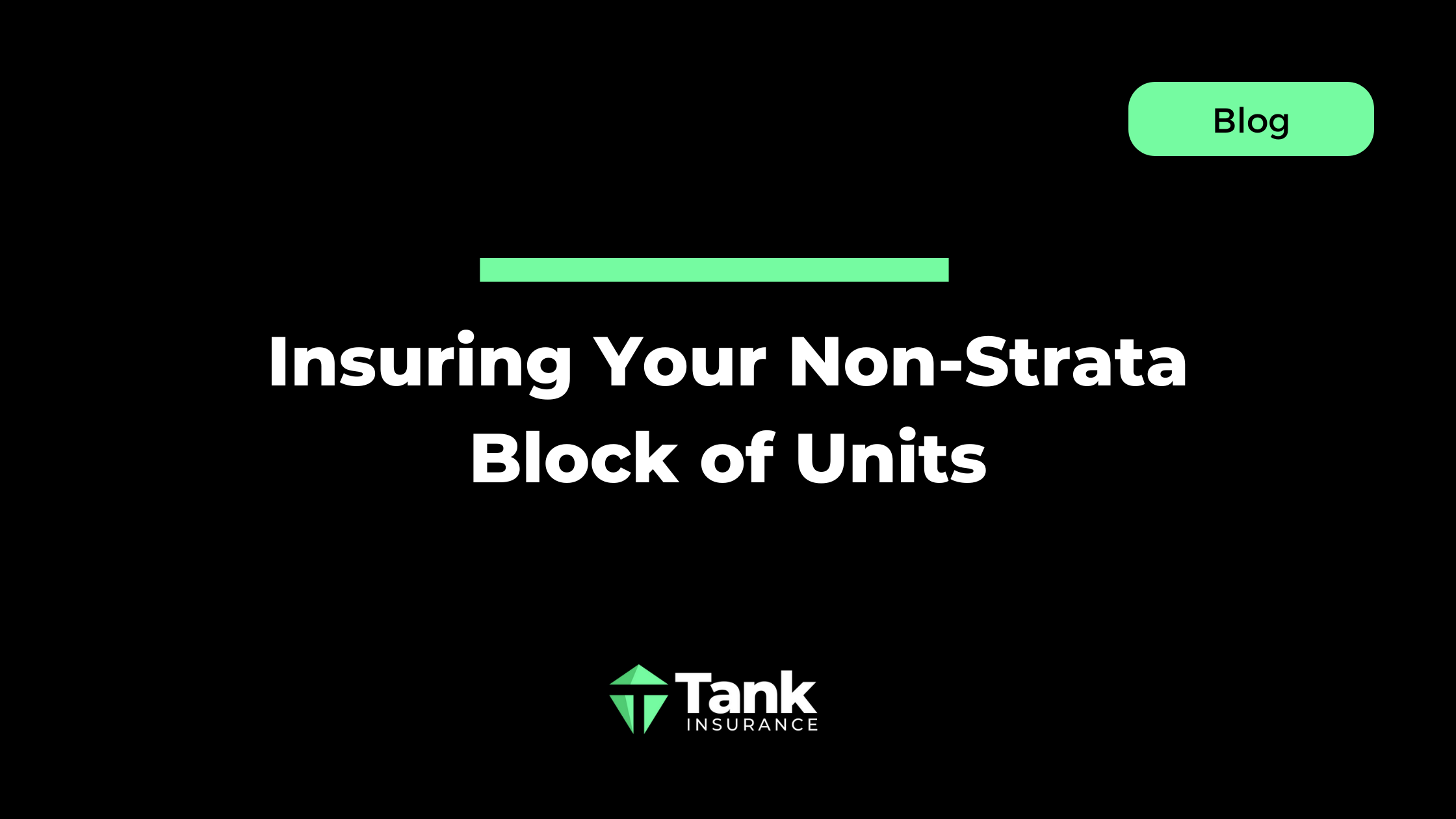As an insurance broker in Sydney, we know that getting the right insurance policy can feel overwhelming.
Whether you're a small business owner, an insurer, a homeowner, or just looking to protect your assets, understanding your risks is the first step to making informed decisions. And your one key step is risk surveys.
These tools help you identify potential risks and prioritise what matters most.
Unpack this guide with us and learn what risk surveys are, why they’re essential, and how they can benefit you.
What Are Risk Surveys, and Why Should You Care?
A risk survey is like a health check-up for your property, business, or assets.
Think of it as a way to understand what could go wrong, such as a fire, flood, or theft, how likely it is to happen, and how to prepare for it.
This process can mean a policy that’s tailored to your needs and, in some cases, lower premiums if your risks are well-managed.
Risk surveys can make or break your business.
They’re not just paperwork; they’re a tool to ensure you’re not overpaying for coverage you don’t need or underinsured for risks you didn’t see coming.
Also, proper risk assessment and management can reduce the impact of business risks.
5 Essential Risk Surveys You Need to Know
1. Property Risk Survey
What Is It?
This survey involves a detailed inspection of a property, business, or event to identify possible physical and environmental risks.
It assesses factors including security systems, fire protection, and operational processes to determine the risk level.
It’s a thorough check to ensure your business complies with Australian Work Health and Safety (WHS) laws.
How Does It Work?
To set your expectations, have a look at these simple steps:

2. Cyber Risk Survey
What Does It Cover?
With cybercrime costing Australian businesses over $30 billion in 2024, this survey assesses vulnerabilities in your IT systems, such as weak passwords, outdated software, or phishing risks.
It’s vital for businesses handling customer data.
How Do You Implement It?
- Try using a cybersecurity framework like the Australian Cyber Security Centre’s Essential Eight.
- Survey your systems for gaps, test employee awareness with mock phishing emails, and review data backup protocols.
- Hire a cyber consultant for complex setups.
3. Financial Risk Survey
What Does It Include?
This survey evaluates financial vulnerabilities, whether its cash flow issues, unpaid invoices or currency fluctuations for exporters.
It helps businesses plan for economic uncertainties.
What Should You Do?
You can:

4. Employee Risk Culture Survey
What’s Included?
The government encourages developing a positive risk culture to boost resilience and accountability.
That’s why this survey gauges how employees perceive and manage risks, from reporting hazards to following safety protocols.
How Is It Carried Out?
You can use digital platforms to distribute anonymous questionnaires to ask about risk awareness, training needs, and reporting comfort.
Then, analyse responses to identify gaps and tailor training.
5. Third-Party Risk Survey
What Does It Entail?
This survey checks risks from suppliers, contractors, or partners, whether it’s unreliable delivery or non-compliance with regulations.
It’s key for businesses with complex supply chains.
How Do You Proceed?
Create a questionnaire assessing vendor reliability, financial stability, and compliance.
Here’s a sample you can refer to:

For easy data collection, there are tools available online (e.g., SurveySparrow).
Don’t forget to cross-check with industry standards or contract terms and to conduct annual review.
How to Get Started with a Risk Survey
Ready to take control of your risks?
Here’s a step-by-step guide for you:
Step 1: Work with a Professional: Partner with an experienced insurance broker who can guide you through the process. At Tank Insurance, we can connect you with experts who conduct thorough surveys.
Step 2: Gather Information: Be prepared to share details about your property, business operations, or personal assets. The more information you provide, the better the survey.
Step 3: Review the Findings: Once the survey is complete, you’ll get a report outlining your risks and recommendations. We can help you understand it and suggest insurance options.
Step 4: Take Action: Use the survey to make changes. You can upgrade your safety measures or adjust your insurance coverage. For example, installing fire alarms could lower your Home Insurance costs.
Step 5: Update Regularly: Risks change over time, so revisit your survey every 1 to 2 years or after major changes, say, if you’re renovating your home or expanding your business.
Debunking Common Myths About Risk Surveys
Let’s clear up some misconceptions that might hold you back:
Myth 1: They’re Only for Big Businesses.
Reality: Risk surveys are just as valuable for homeowners, sole traders, and small businesses. Everyone has risks worth assessing.
Myth 2: They’re Too Expensive.
Reality: Many surveys are affordable, and the savings from preventing incidents or optimising insurance often outweigh the cost.
Myth 3: They’re Too Complicated.
Reality: You can make the process straightforward and simple by getting expert advice and assistance.
Take the First Step Today
Risk surveys are a smart way to protect what matters most to you - your business, home or property.
They empower your business to stay ahead of threats, from workplace injuries to financial challenges.
Start with one survey that fits your immediate needs, and build a routine to keep risks in check.
For tailored insurance to cover your specific risks, contact us at Tank Insurance.
Manage your risks with grounded insight to keep your business thriving.



